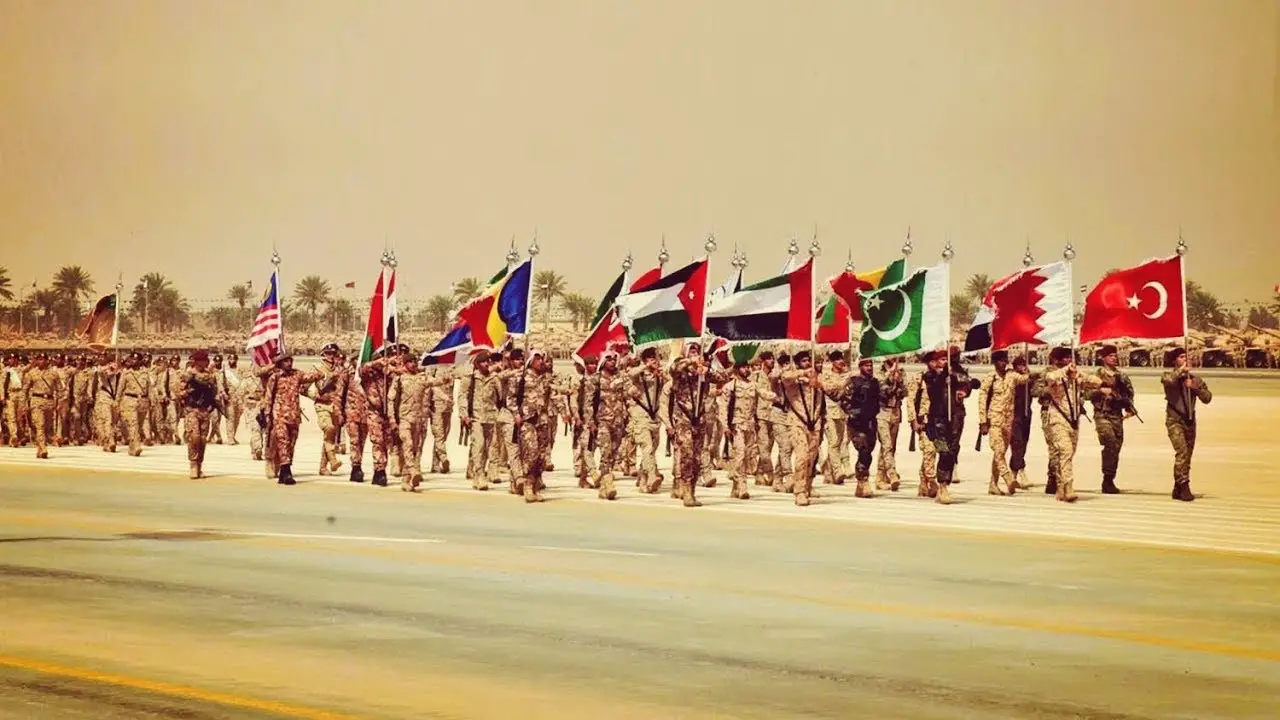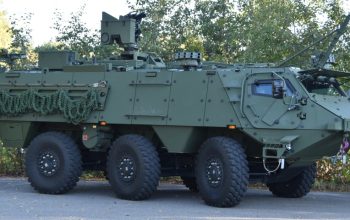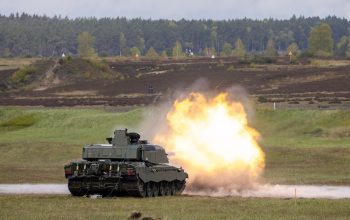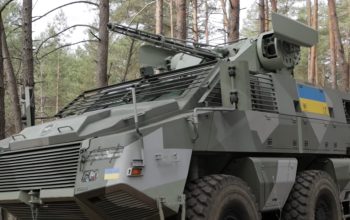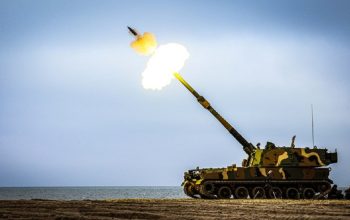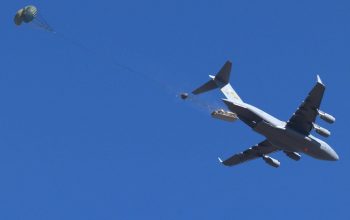The Iraqi Parliament has issued a call for the activation of the Arab Defense Treaty in response to ongoing Israeli actions in Gaza. This decision has drawn international attention, as it brings to light an often-overlooked regional security pact. In this article, we delve into the details of the Arab Defense Treaty, its historical context, and the potential consequences of invoking it. The Arab Defense Treaty, established in 1950, was born from the collective aspirations of several Arab nations. Its primary objective is to promote collective defense against external aggression, echoing the principles of mutual security and cooperation among member states. Just like NATO (North Atlantic Treaty Organization), the activation of this treaty can lead to a coordinated military response by member states, including the provision of troops, equipment, and logistical support.
Despite its existence for over seven decades, the Arab Defense Treaty has seen limited use and remains largely untested. The treaty is grounded in a Pan-Arab ideology that was more influential in the mid-20th century than it is today. Its development saw further progress in 1961 with the proposal of the Joint Arab Command (JAC), designed to establish a unified military command for the Arab League. However, the treaty holds more symbolic significance than practical military utility. The Joint Defence Council of the Arab League, one of the key institutions within the Arab League, was established under the terms of the Joint Defense and Economic Cooperation Treaty of 1950. Its purpose is to coordinate joint defense efforts among Arab League member states.
The Arab League, similar to the European Union (EU), does not maintain a standing military force. However, at the 2007 summit, Arab League leaders decided to reactivate their joint defense and establish a peacekeeping force for deployment in regions such as South Lebanon, Darfur, and Iraq, among others. In 2015, member states agreed in principle to create a joint military force. The Arab League, formally known as the League of Arab States, is a regional organization comprising countries from North Africa, West Asia, and parts of East Africa. Founded in Cairo in 1945 with six initial members, it now boasts 22 member states. The League’s primary objective is to enhance relations between member states, coordinate collaboration, safeguard their independence and sovereignty, and address shared concerns and interests.


